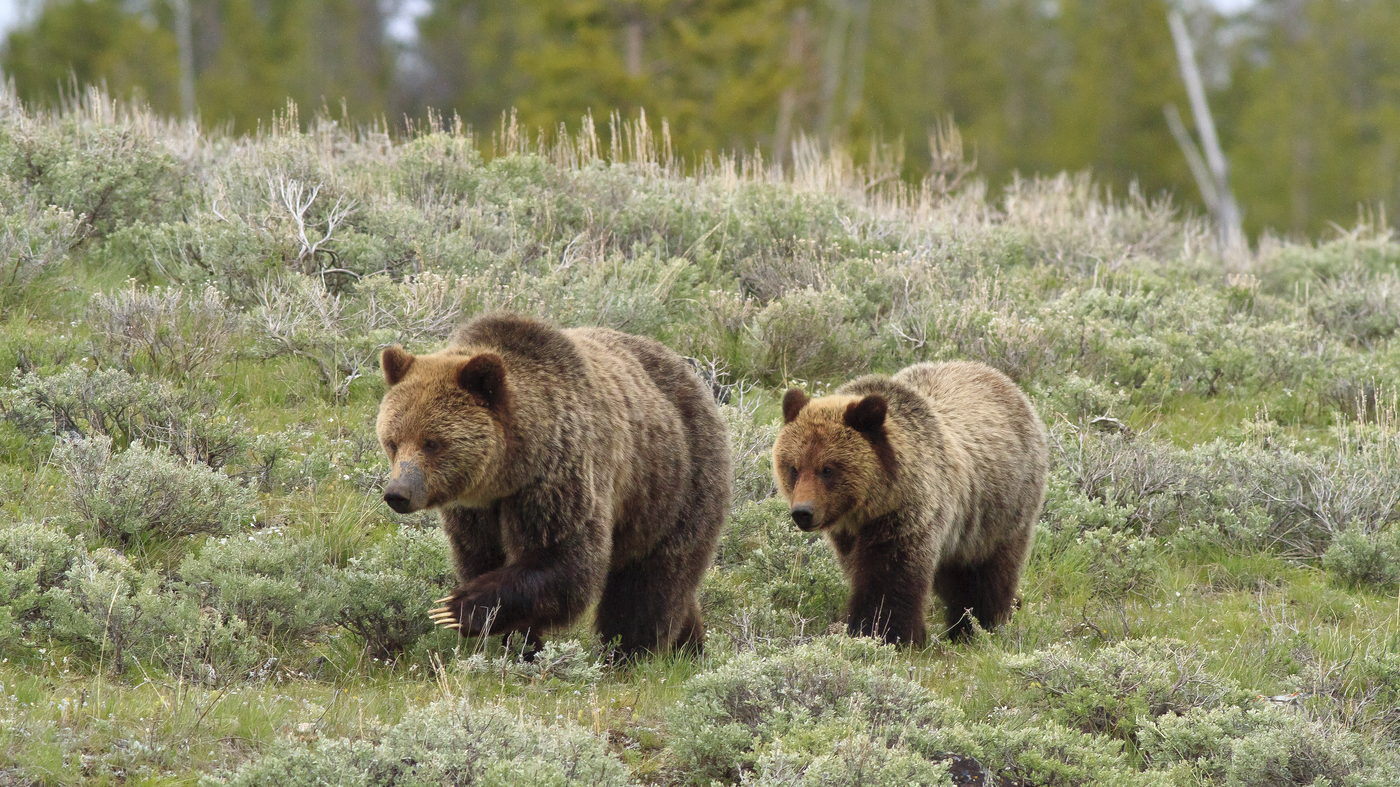J
Jason73
Guest
Love the optimism! Will be hoping you are correct!More like including that possible contingency in their planning. Their process involved extensive consultation w wolf planners from around the west, and a long series of public meetings to gather and provide information. Deliberate sandbagging? Probably not, but also not Let's Roll urgency.
Thus the Prepare to Stand By. I wouldn't rule it out. It is also significant that WY wolves have established a pack in CO's North Park, in flagrant violation of CO voters' will. One potential upside is that if CO reintro gets shelved, it will be a black eye for ballot box wildlife management, and the millions spent by out-of-CO deep pockets to influence our election will have been, um.




